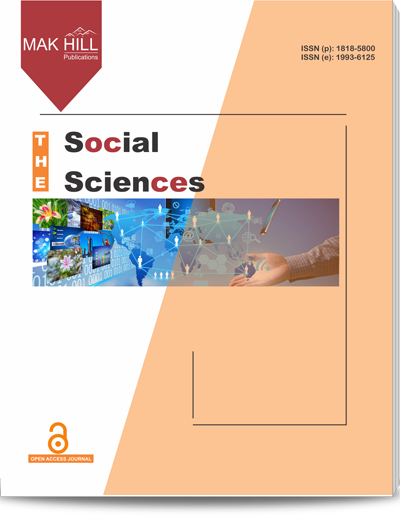
The Social Sciences
ISSN: Online 1993-6125ISSN: Print 1818-5800
105
Views
0
Downloads
The Psychological Impact of Recognition and Appreciation on Job Satisfaction and Job Performance among IT Employees: Review
Olurotimi A. Shonubi, Norida Abdullah, Rahman Hashim and Norhidayu B. Hamid
Page: 5222-5227 | Received 21 Sep 2022, Published online: 21 Sep 2022
Full Text Reference XML File PDF File
Abstract
Recognition and appreciation which can also be refer to as intrinsic ways of getting employee motivated has become an essential phenomenon. Affirmatively, "intrinsic motivation is experienced when a person is moved to act for the ‘fun’ or challenge entailed rather than because of external pressures or rewards". Thus, intrinsically motivated employees can be the greatest asset for any organization, especially management, since less supervision will be needed. Conversely, intrinsically motivated employees always deliver their best performance which, in turn, motivates them, whilst the organization enjoys the best outcome. This study aims to explore employees’ perceptions of recognition and appreciation among Telekom Malaysia (TM) employees in Melaka and the psychological influence it has on their job satisfaction, performance, productivity and commitment towards the organizational goals. Research consistently finds that people care about fair treatment. The constructs that will be used in this study will be operationalized using previously-validated and originally developed measures with little or no modifications where necessary to suit the present research context while the primary data of this research will be analyzed using AMOS Software.
How to cite this article:
Olurotimi A. Shonubi, Norida Abdullah, Rahman Hashim and Norhidayu B. Hamid. The Psychological Impact of Recognition and Appreciation on Job Satisfaction and Job Performance among IT Employees: Review.
DOI: https://doi.org/10.36478/sscience.2016.5222.5227
URL: https://www.makhillpublications.co/view-article/1818-5800/sscience.2016.5222.5227